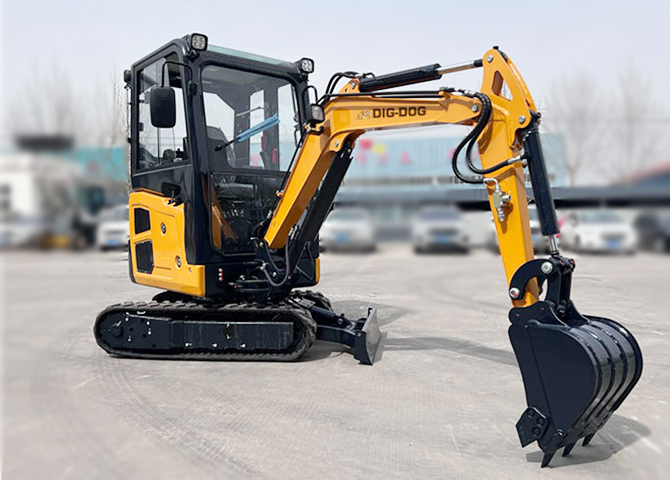 With proper maintenance, you can protect your uptime and rely on your small excavator to do the heavy lifting day in and day out.
With proper maintenance, you can protect your uptime and rely on your small excavator to do the heavy lifting day in and day out.A small excavator can be your most valuable asset on the jobsite, and a worthwhile investment that keeps delivering dividends project after project. Nevertheless, the key to reaping all the benefits of owning these versatile machines lies in upholding a consistent maintenance schedule. Here are 10 pointers to enhance the hours of operation and productivity of your small excavator.
1. Read the small excavator’s Manual
An operator's foremost task is to study the Operation & Maintenance manual of the small excavator to familiarize themselves with the machine's safety features, instrumentation, controls, service schedules, and maintenance pointers. The operator's manual is delivered along with the machine and contains manufacturer's service and maintenance recommendations. If you misplace your manual, you can purchase replacements from your local dealer or the online Bobcat store.
Most small excavators come with an operator's handbook, which is conveniently stored in an easily accessible area inside the excavator cabin. It is a good resource for operators to consult prior to using a small excavator, regardless of their experience level.
2.Top Machine Fluids off Daily
An effective maintenance plan begins with daily checks of fluids, including coolant, hydraulic fluid, and engine oil. If any of these levels are low, refill with the manufacturer's recommended type of fluid, ensuring attention to the correct classifications and viscosities based on the operating environment. When checking levels, keep the area clean and use clean rags to avoid any contaminants.
Diesel engine excavators that comply with emission standards have unique lubrication requirements. Manufacturers match lubricants to their advanced engines to ensure proper operation of exhaust after-treatment systems.
Regular lubrication of a small excavator's boom and arm cylinders at recommended intervals is also important, taking into account the application and temperatures in which the machine will be operating. To maximize excavator uptime, manufacturers recommend using high-quality lithium-based multipurpose grease to lubricate all key pivot points, including cylinders, booms, blades, buckets, arms, and slew-bearing components. Download a copy of your small excavator's service schedule for easy reference.
3. Maintain Equipment Filters
A small excavator encompasses multiple filters - fuel, engine, air, and hydraulic - each assigned with distinct service intervals. When contaminated or entirely blocked, a filter can significantly curtail excavator uptime and abbreviate component longevity. The majority of small excavators boast air filters accompanied by restriction indicators that alert operators to pending maintenance needs. To avert system contamination, refrain from removing the filter until it's absolutely necessary.
4. Use Clean, Quality Fuel
Most manufacturers specify the use of clean, high-quality diesel fuel grades No. 2 or No. 1. In colder climates, small excavator operators may prefer specially formulated blends designed to prevent gelling. At the least, small excavators require ultra-low sulfur diesel fuel to reduce exhaust emission levels.
5. Inspect and Maintain Tracks
The most evident item of wear on the undercarriage of a small excavator is the rubber tracks, which most small excavators are equipped with. Jobsite conditions and operator behavior influence track lifespan. Inspect the tracks daily for cuts, tears, and exposed steel embeds. Punctures and tears can allow moisture or contamination to enter the tracks, resulting in rust and a shortened track life.
One of the most vital undercarriage components to supervise is track tension. A loose track may derail, affecting its lifespan and the machine's uptime. Refer to your Operation & Maintenance manual for ideal track tension ranges and the correct method of positioning the small excavator to make adjustments.
Although a daily inspection is not necessary, regularly monitoring other undercarriage components like idlers, rollers, and sprockets can help detect potential maintenance needs. Accelerated wear on the sprocket is uncommon, but you should still periodically inspect the teeth. A good sprocket tooth has a rounded end, while a worn tooth is more pointed. Always check the sprocket condition when installing a new set of tracks.
Lastly, one of the best ways to maintain tracks is to ensure that operators drive cautiously and thoughtfully on the jobsite. Keeping best practices in mind for curbs, object avoidance, inclines/declines, and avoiding chemicals and debris are key for preventing undue damage. Minimizing the excavator's time on abrasive materials such as concrete or asphalt is also essential. When the excavator is not in use, storing it in a cool, dry environment also protects the machine.
6. Inspect the Excavator’s Cooling System Daily
An effective cooling system relies on adequate airflow and coolant levels. When airflow or coolant is low, the excavator can lose power and the engine can overheat, causing damage. Proper cooling system maintenance includes checking for proper airflow and hose leaks. Clean the excavator's radiator, oil cooler, and condenser by applying low-pressure air or water, but be careful not to damage the radiator's fins.
7. Maintain the Battery and Charging System
Battery cables should be tight and clean. Inspect for corrosion on the cable ends and the battery terminals. Fuses protect the electrical system in case of an overload. Always replace failed fuses with a fuse of the same amperage rating.
8. Keep Ground-Engaging Tools in Top Shape
Check attachment components such as cutting edges, teeth, and hoses to determine if wear is developing or damage occurred in tough, rigorous applications. Replace worn or damaged pins or teeth to maintain excavator uptime.
9. Pay Attention to the Instruments
Some small excavators have onboard instrumentation systems with controllers that perform multiple maintenance-oriented functions. These systems display and log machine vitals like fluid temperatures and coolant levels while also providing a warning when systems are operating outside recommended parameters. If an operator ignores the warning messages, the systems will shut down the small excavator to prevent major damage.
10.Safety is Essential to Productivity
Rugged and versatile, small excavators often work in challenging terrain and a wide variety of conditions. Before operating a small excavator for the first time, operators should understand what each and every lever and control does and how to operate the machine safely. In addition to the operator handbook, the small excavator-specific Association of Equipment Manufacturers (AEM) safety manual is another source of valuable information.
Operators should always follow manufacturer instructions for maintaining ROPS/TOPS (rollover protective structures/tip-over protective structures) cab structures and make sure that the mounting hardware is secure. Seat belts should be properly tensioned and in good working condition. Control console lockout systems should be functioning. Safety decals should be intact and legible, and all work lighting should be operational. With proper maintenance, you can protect your uptime and rely on your small excavator to do the heavy lifting day in and day out.
Related Models
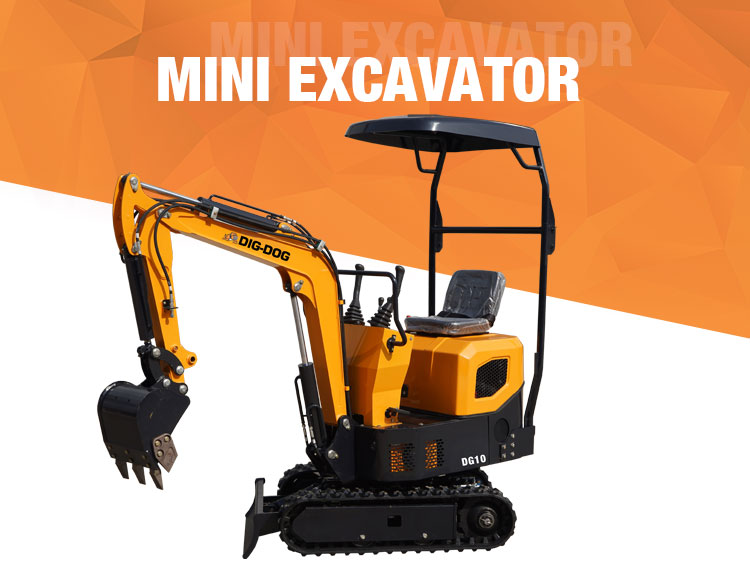 |
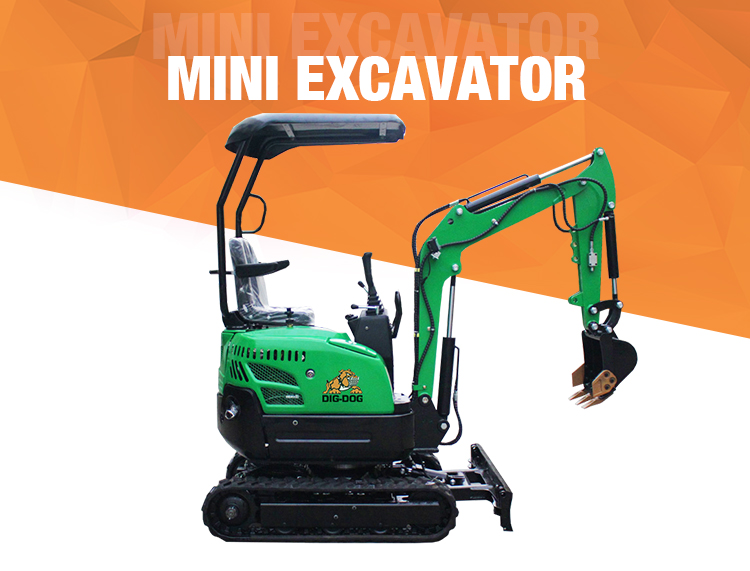 |
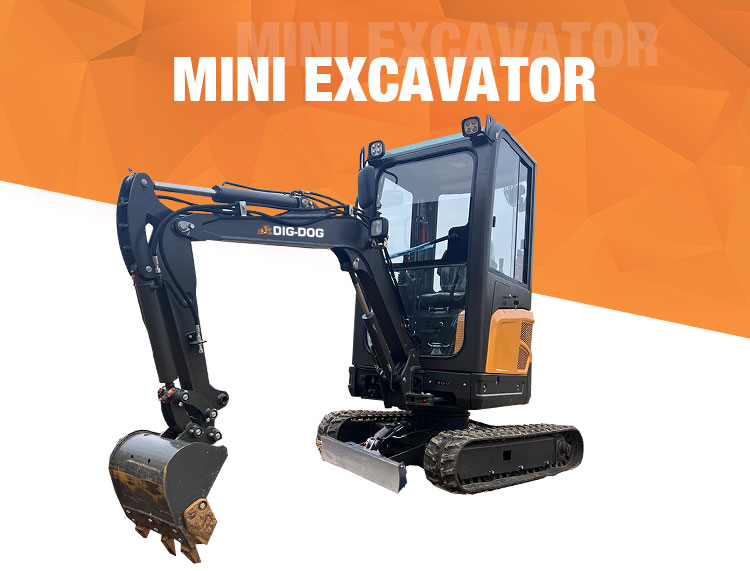 |
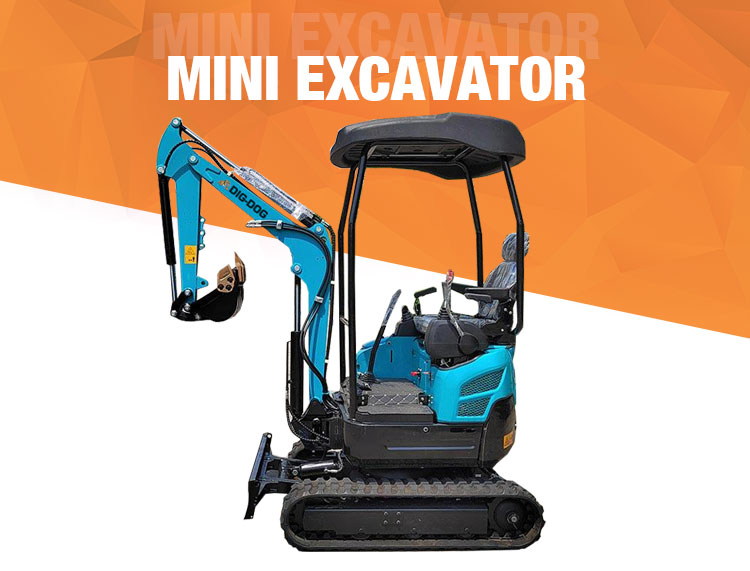 |
DG10
Power supply: 7 KW
Pipe excavation volume: 0.025 m³
Machine weight: 1 ton |
DG12
Power supply: 8.3 KW
Pipe excavation volume: 0.03 m³
Machine weight: 1.2 ton |
DG15
Power supply: 7 KW
Pipe excavation volume: 0.025 m³
Machine weight: 1.4 ton
|
DG17
Power supply: 10.3 KW
Pipe excavation volume: 0.035 m³
Machine weight: 1.5 ton
|
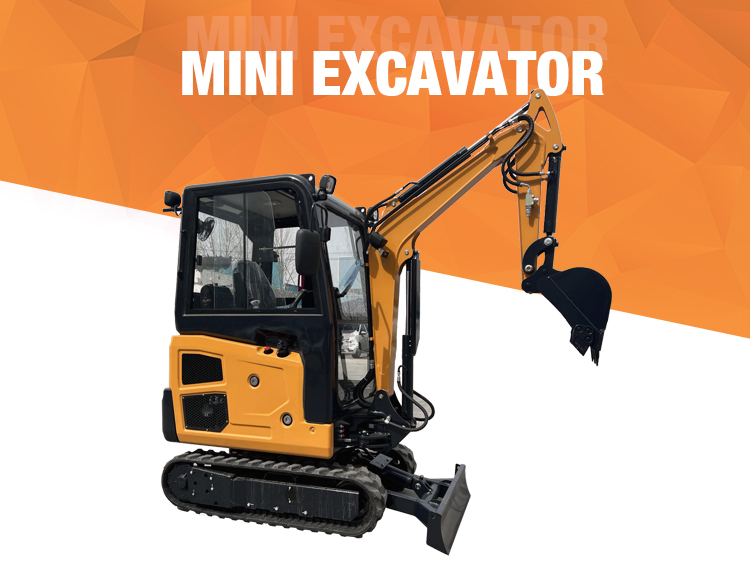 |
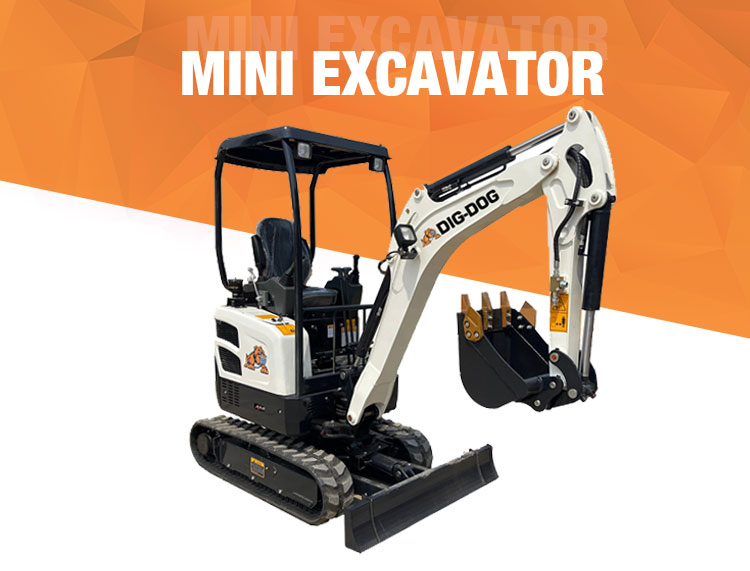 |
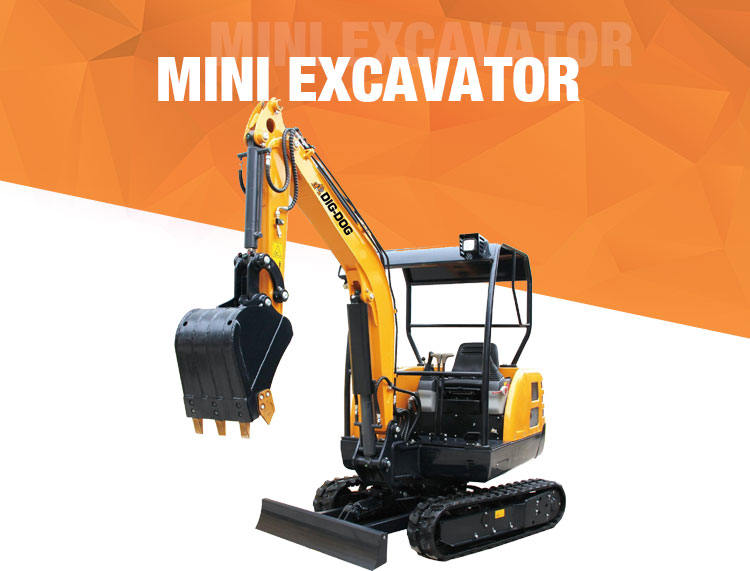 |
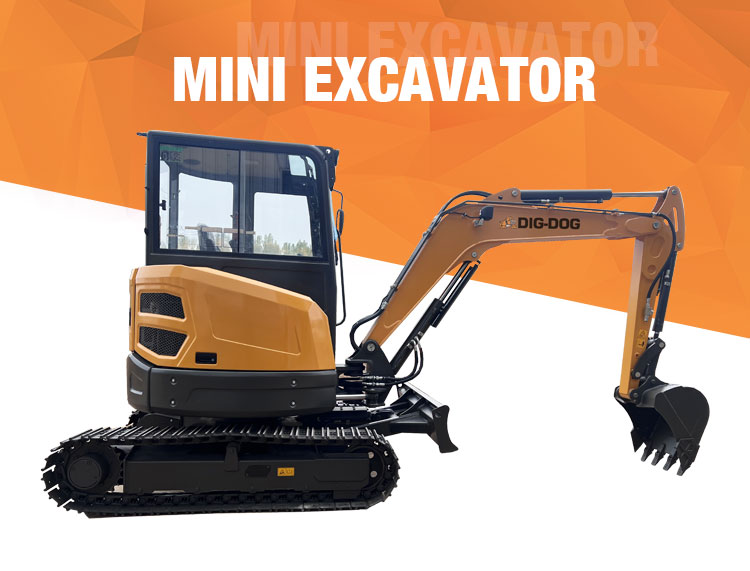 |
DG18
Power supply: 18.4 KW
Pipe excavation volume: 0.06 m³
Machine weight: 1.8 ton
|
DG20
Power supply: 14.2 KW
Pipe excavation volume: 0.07 m³
Machine weight: 2 ton
|
DG25
Power supply: 22.1 KW
Pipe excavation volume: 0.1 m³
Machine weight: 2.5 ton
|
DG35
Power supply: 18.4 KW
Pipe excavation volume: 0.12 m³
Machine weight: 3.5 ton
|
 With proper maintenance, you can protect your uptime and rely on your small excavator to do the heavy lifting day in and day out.
With proper maintenance, you can protect your uptime and rely on your small excavator to do the heavy lifting day in and day out.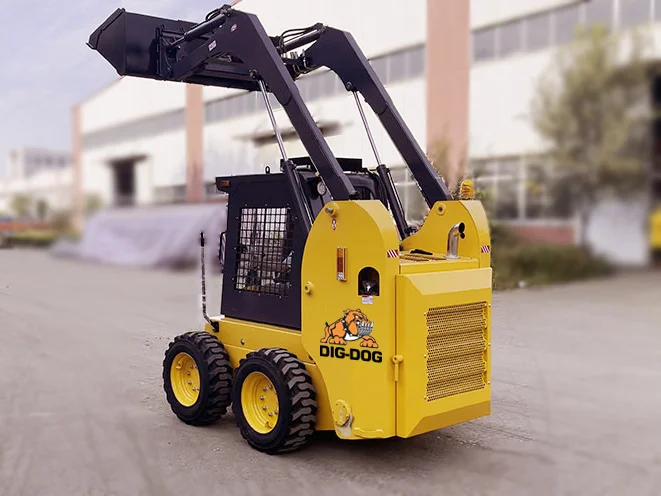 How High Lift Skid Steers Save You Time and Money
How High Lift Skid Steers Save You Time and Money
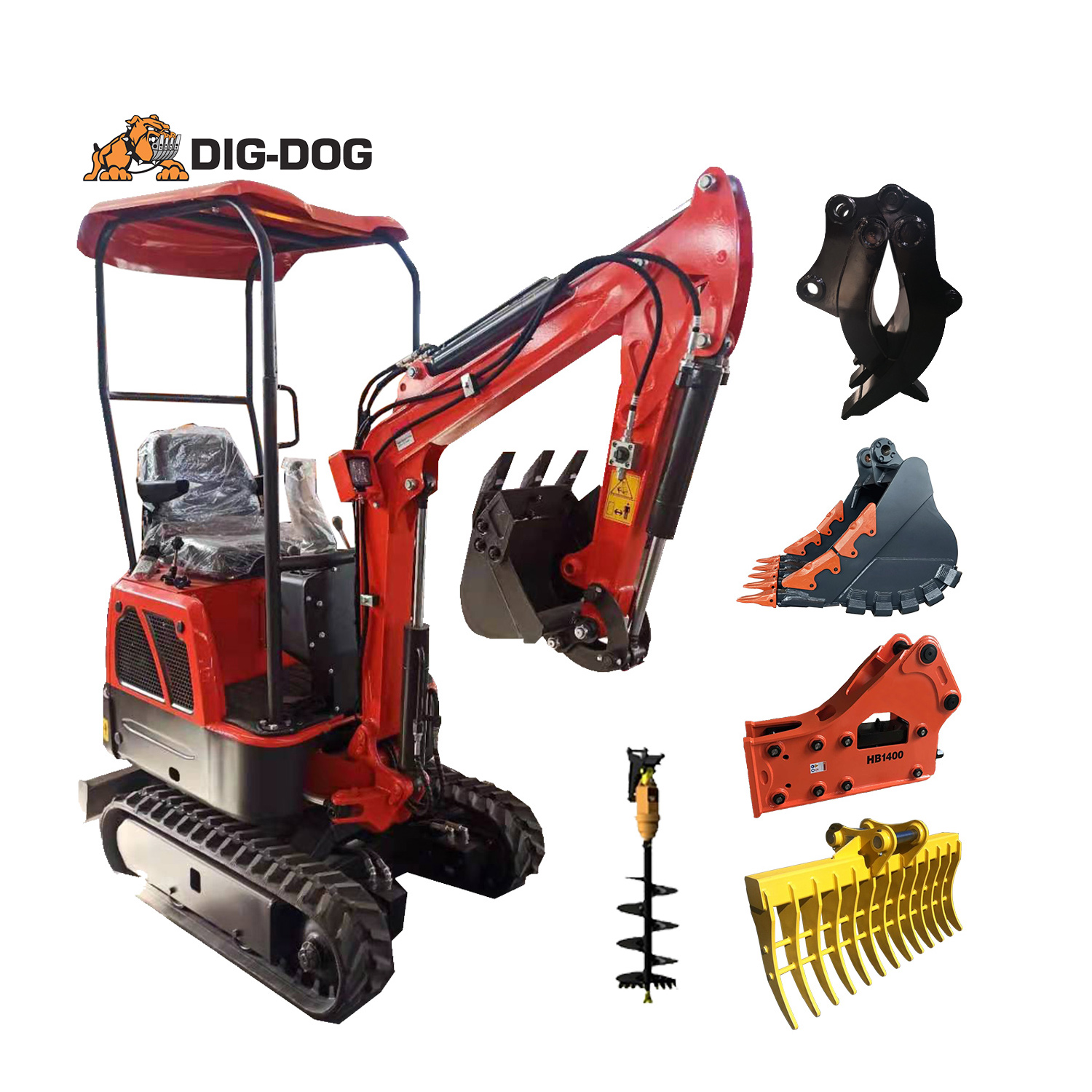 Attachments Turn Mini-excavators Into Multipurpose Machines
Attachments Turn Mini-excavators Into Multipurpose Machines
 BONOVO Group at INTERMAT 2024 Paris Exhibiton
BONOVO Group at INTERMAT 2024 Paris Exhibiton
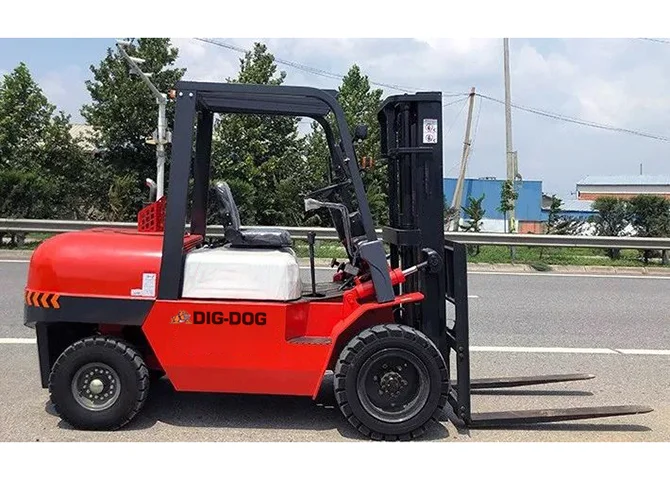 A Ultimate Guide to Clamp Forklifts and Attachments
A Ultimate Guide to Clamp Forklifts and Attachments